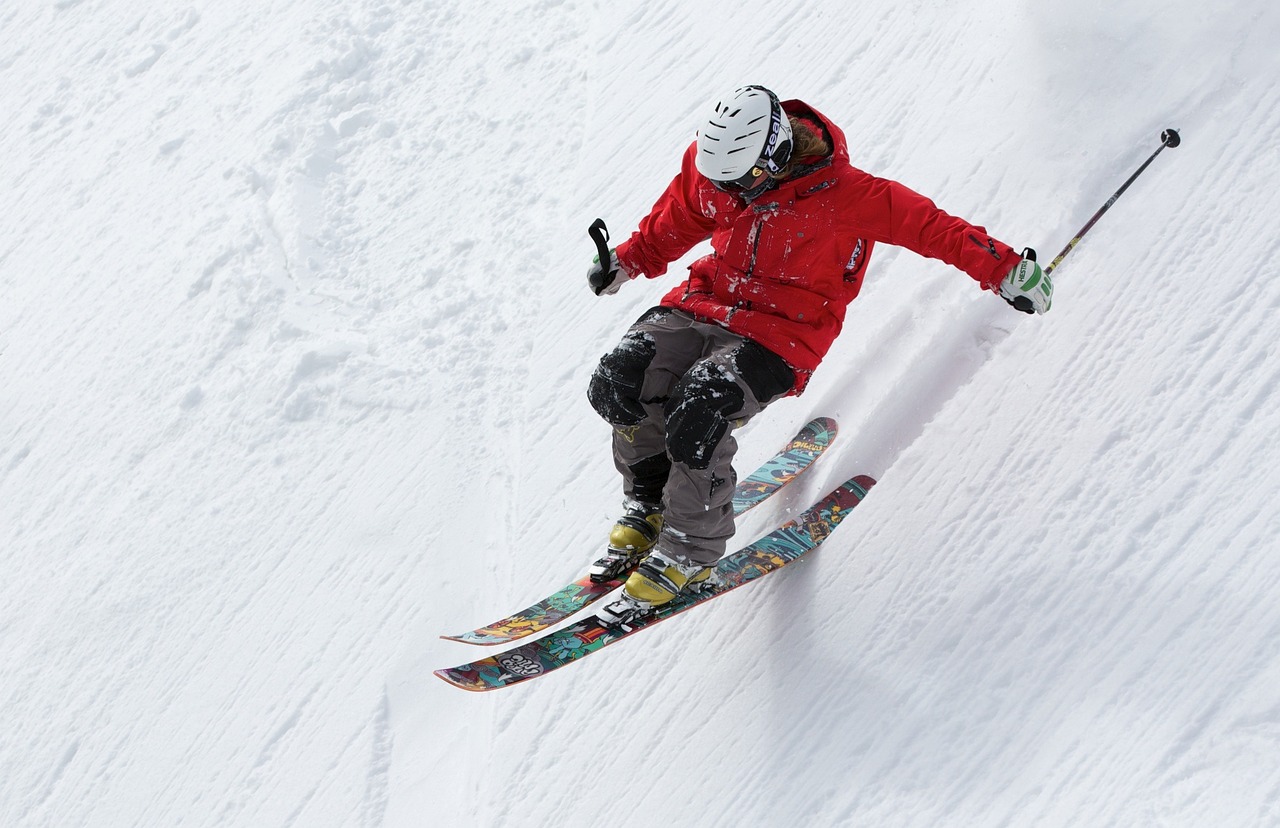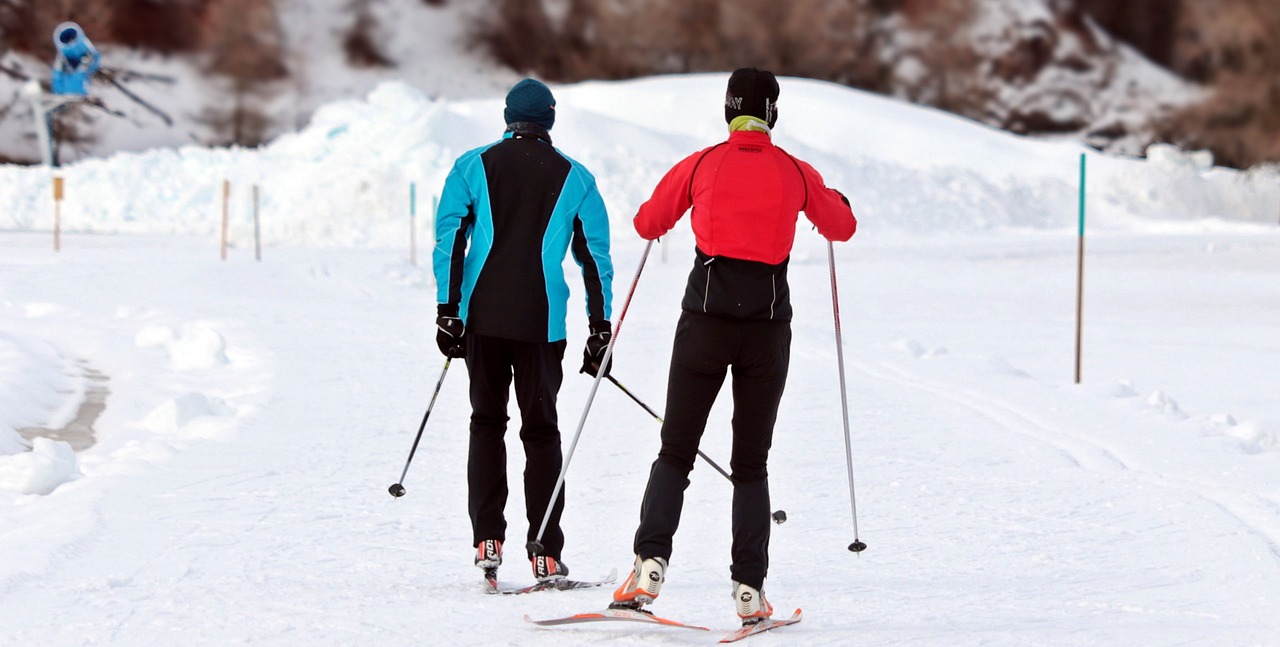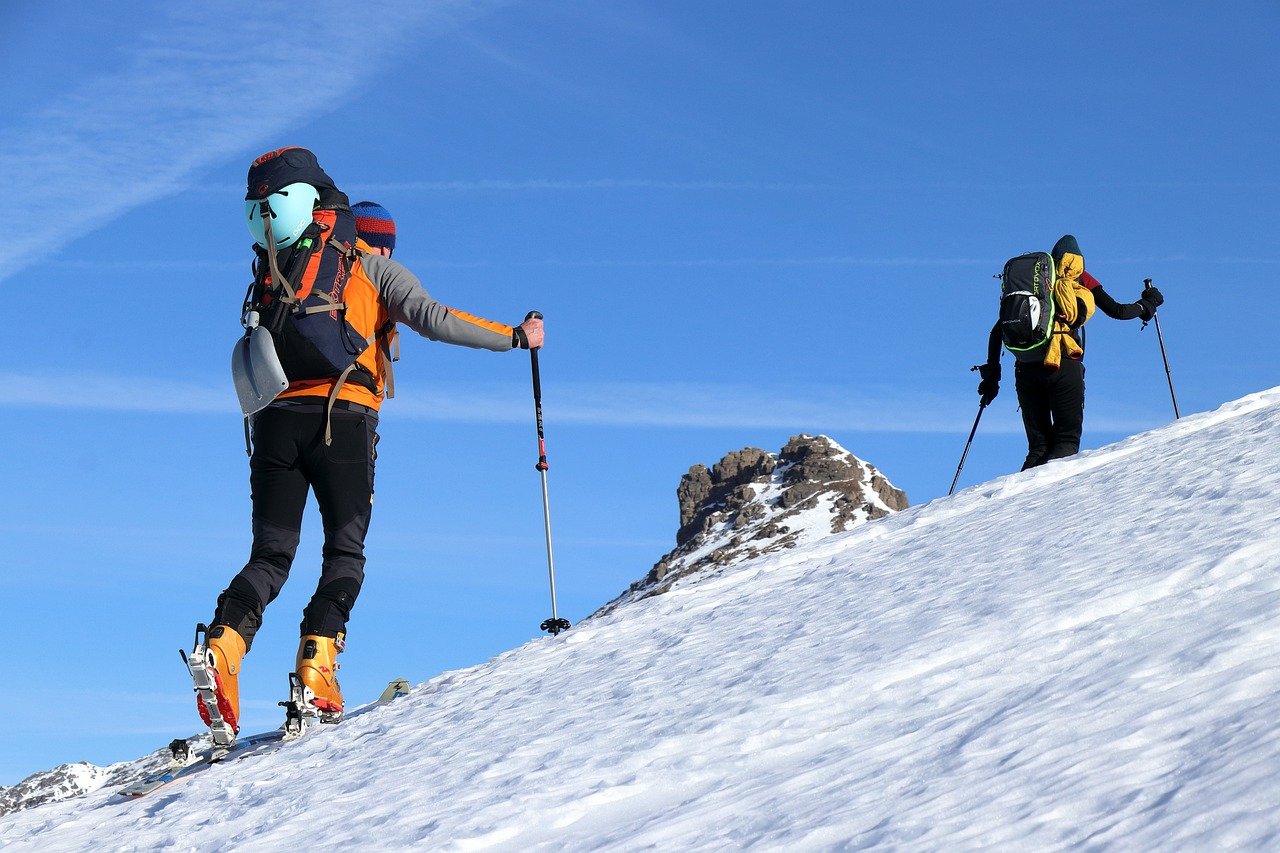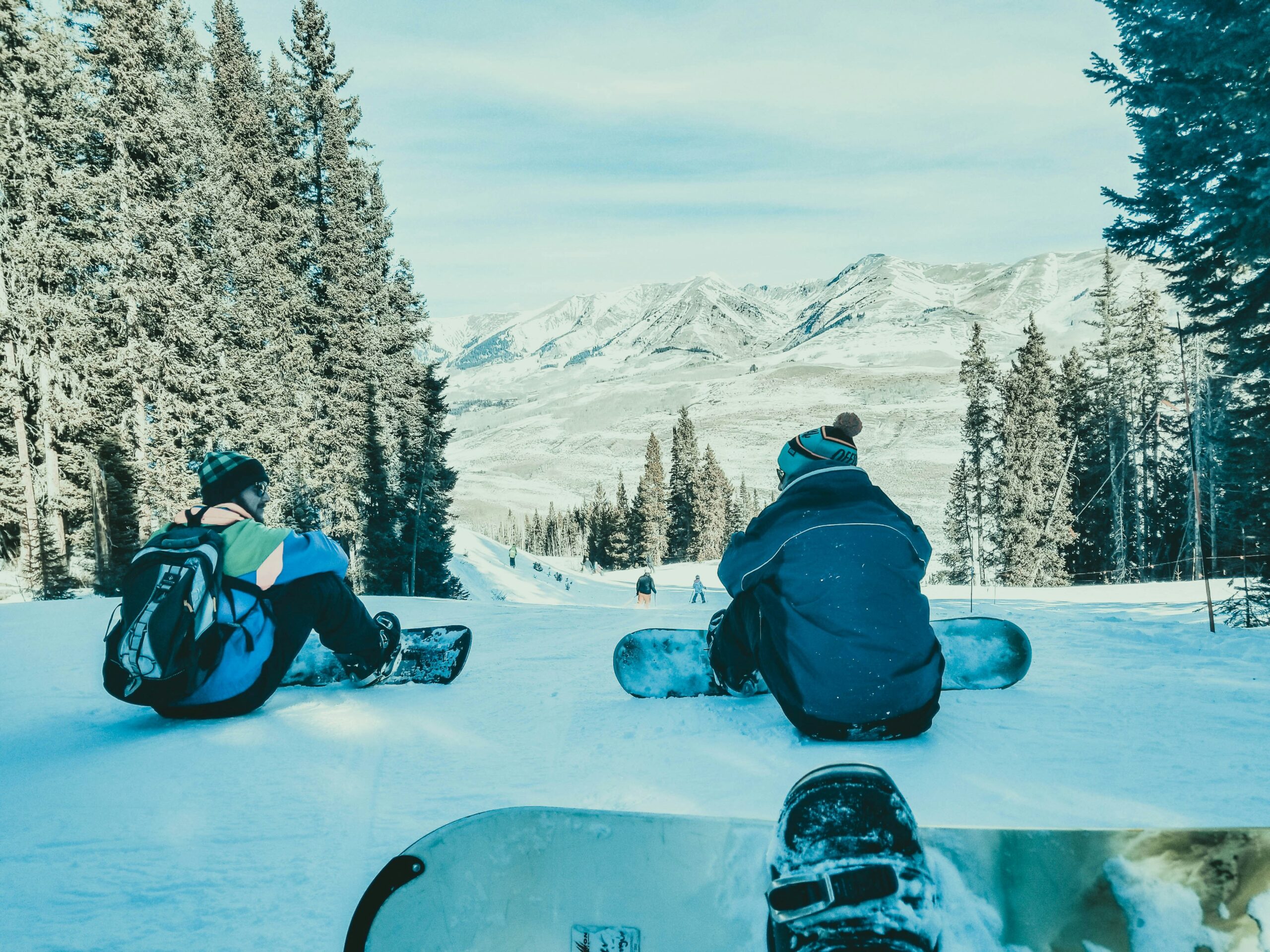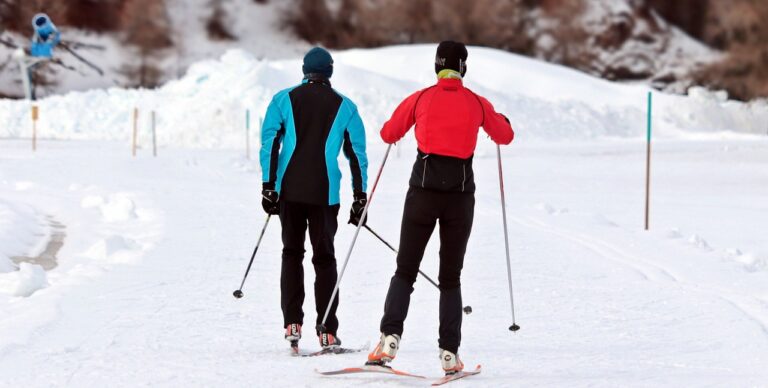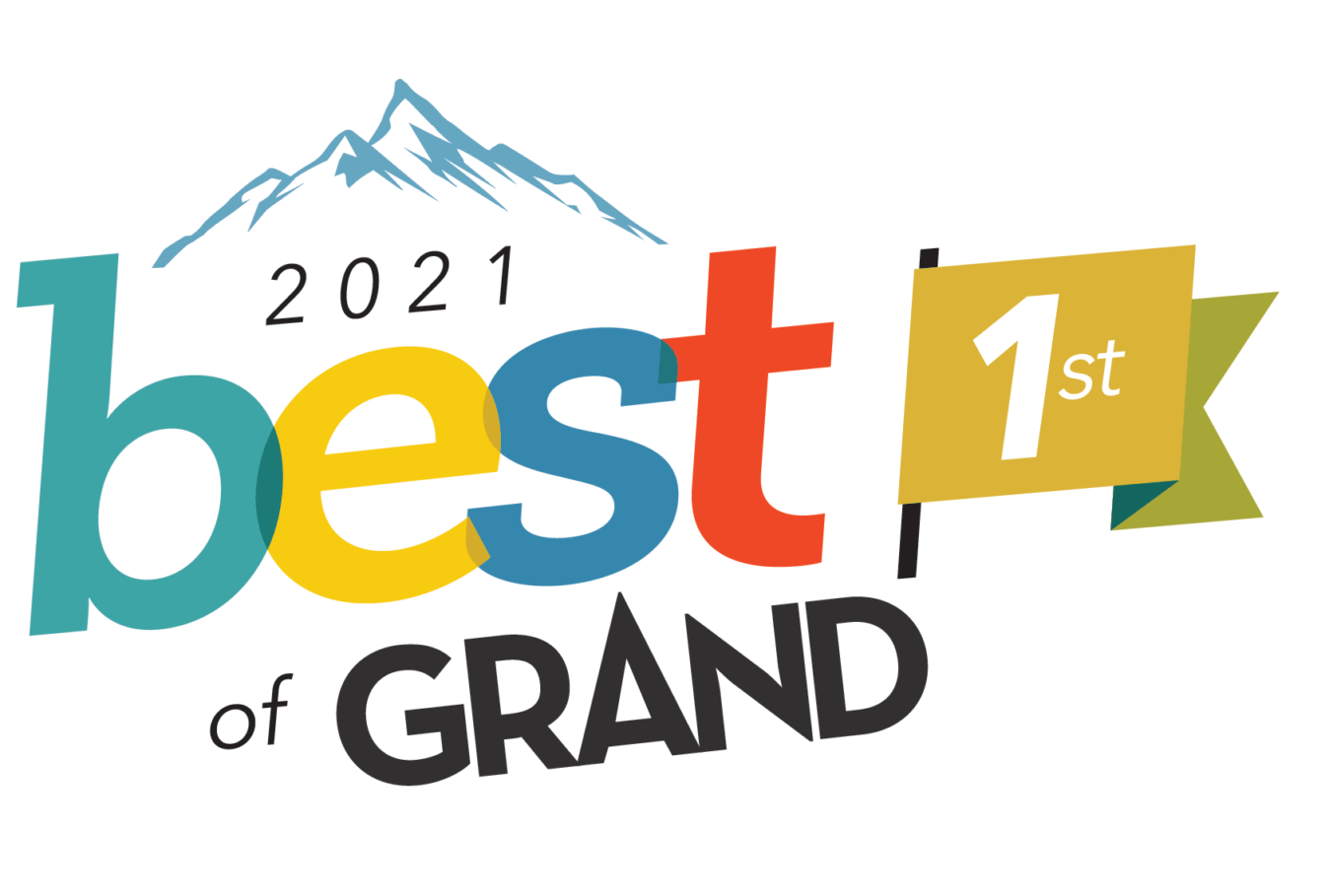As the cool whisper of fall retreats and the majesty of winter cloaks the Colorado landscape, we welcome a season of exhilarating chill and boundless adventure — a time when the state transforms into a snowy paradise for enthusiasts and athletes alike.
In the heart of this frost-fueled excitement lies a unique symbiosis: the interplay between the ski season and real estate.
As slopes become swathed in a pristine layer of powder, mountain properties witness a surge of interest from buyers dreaming of a serene alpine abode and investors seeking lucrative seasonal rentals.
Join us as we explore the intricate dance of snow-draped peaks and the real estate market, set against the backdrop of Colorado’s winter splendor.
Understanding the Colorado Ski Season
The Meteorological Dance: Factors Influencing Ski Season
Snowfall Patterns
In the dance of the Colorado ski season, snowfall patterns serve as the music to which the slopes come alive. Erratic and yet enchanting, these patterns dictate the early openings and prolonged operations of ski resorts.
The quantity and consistency of snowfall ensure that the blankets of white are not just for visual splendor but also ideal for a range of winter sports, making it a central focus for ski season enthusiasts and resort planners alike.
Temperature Trends
Temperature trends join the ballroom alongside snowfall, as warmer winters can lead to delayed season starts and early spring thaws.
On the flip side, sustained low temperatures well into spring can extend the ski season beyond its traditional end date, offering additional opportunities for mountain enjoyment. These climatic duets, when in harmony, craft a ski season that is robust and filled with powdery promise.
Historic Perspectives: Evolution of Ski Season Dates
Reflecting on the historic evolution of ski season dates provides a narrative of adaptation and transformation.
Decades ago, the season was reliably predicted, with resorts opening and closing on nearly the same dates annually.
However, variability in climate patterns has led to a shift, requiring resorts to adapt by integrating snowmaking technology and revising their operational timelines.
This historical perspective is not merely of academic interest but is crucial for understanding and predicting future trends in the ski and real estate industries.
Navigating the Real Estate Landscape
The allure of the Rockies has long influenced the ebb and flow of Colorado’s real estate market. As the state’s pristine slopes beckon, certain regions emerge as hotspots during the ski season, driving an annual cycle of high demand.
Areas proximate to popular ski resorts, like Vail, Aspen, and Breckenridge, consistently rank high in real estate demand. These zones not only promise immediate access to winter sports but also boast vibrant communities, robust infrastructures, and year-round cultural events. This creates an alluring package for those seeking a permanent residence, a vacation home, or profitable rental properties.
Several factors can significantly influence property values in Colorado’s high-demand regions. Accessibility and proximity to ski lifts are prime drivers, with properties offering ski-in, and ski-out convenience commanding premium prices.
The quality of amenities within resorts, such as spas, restaurants, and entertainment options, also enhances property appeal. Environmental considerations, including concerns about wildfires and sustainability, can affect property attractiveness and, consequently, value.
Additionally, broader economic trends, local regulations, and the balance between supply and demand in the housing market all intertwine to shape the intricate real estate landscape of Colorado ski regions.
The Synchronized Symphony
The peak of the ski season ignites a bustling real estate scene in Colorado’s mountain communities. As snow enthusiasts flock to the slopes, the demand for accommodation surges, driving up rental rates and incentivizing homeowners to leverage their properties for income.
This seasonal economy boom not only generates direct revenue from short-term rentals but also increases the desirability of owning property near ski resorts, which can lead to a rise in property values.
A home within reach of the glistening slopes becomes both a personal retreat and an investment opportunity, one that can yield significant returns when the blanket of white drapes the Rockies.
The off-season reveals hidden facets of Colorado’s real estate market. With the ski crowds dissipated, property owners face lower rental occupancy rates but benefit from opportunities to perform maintenance and renovations without displacing guests.
Moreover, the off-peak months allow for a less frenzied property market, where buyers can negotiate deals with less competition, and sellers can market to those drawn by the region’s summer beauty. For investors, this is a time to re-strategize and solidify relations with local businesses, setting the stage for continuous revenue streams that are less dependent on seasonal swings.
Key Regions for Ski Enthusiasts
Aspen: The Winter Wonderland
Aspen, often dubbed the winter wonderland of Colorado, is much more than a premier skiing destination.
It offers a blend of world-class slopes, high-end shopping, art galleries, and gourmet dining experiences that cater to luxury-seekers.
The town’s real estate reflects its exclusive status with opulent mountain estates and sophisticated condos. Real estate in Aspen is not just about a home; it’s about owning a slice of a globally-renowned, chic alpine lifestyle that promises both adventure and high society living amidst nature’s grandeur.
Breckenridge: Beyond the Slopes
Breckenridge stands out with its robust historical charm dating back to the gold rush era, which is meticulously preserved in its architecture and local culture.
Real estate here goes beyond proximity to ski slopes; it’s about becoming a part of a community rich in history and tradition. Breckenridge homes range from modern ski-in/ski-out properties to rustic cabins, attracting a diverse array of investors and families.
The essence of Breckenridge lies in its dual personality – a burgeoning ski resort and a quaint town steeped in American heritage.
Vail: Luxury Living in the Mountains
Vail’s reputation for luxury living is etched into its alpine-inspired architecture and the allure of its vast skiing terrain.
Property ownership here means exclusive access to some of the best mountain amenities, including private clubs, high-end health spas, and the famous Vail Ski Resort.
The real estate market thrives on offering a sumptuous lifestyle that mirrors the opulence of European ski resorts, making it a high-status investment for those seeking both luxury and a love affair with the mountains.
Real Estate Hotspots
Denver: Gateway to the Mountains
Denver, the vibrant capital city of Colorado, stands as the gateway to the majestic Rocky Mountains. With a unique blend of urban sophistication and outdoor adventure, Denver’s real estate attracts those who want the best of both worlds: the convenience of city living and easy access to mountainous escapades.
Properties in Denver cater to a diverse population, ranging from sleek, modern condos in the heart of downtown to family-friendly suburban homes.
The city’s robust economy, flourishing cultural scene, and expansive park systems contribute to its draw as a hotspot for professionals and nature enthusiasts alike.
Boulder: Where Nature Meets Urban Living
Boulder is a haven for individuals who prioritize a healthy, outdoor lifestyle without sacrificing the perks of urban living.
Nestled at the foothills of the Rocky Mountains, Boulder’s real estate market is driven by its scenic landscape, recreational opportunities, and its status as a hub for education and innovation.
Housing options are varied, including environmentally conscious designs that align with the community’s sustainable ethos.
The presence of the University of Colorado, tech startups, and research institutes has shaped Boulder into a city where educational advancement, economic growth, and natural beauty come together to create a unique lifestyle.
The Business of Ski Season
The ebb and flow of the ski season have profound implications for the real estate market in Colorado’s mountain regions.
Economic vitality during the winter months is heightened as ski tourism brings in significant revenue that radiates through the community, influencing property values and investment interests.
The influx of visitors creates a vibrant market, with properties near ski resorts commanding premium prices due to their desirable location and potential for high rental yields.
Additionally, the economic health of these regions is tied to the ski industry—when resorts thrive, so does the local real estate, as buyers are more eager to invest in properties that promise both personal enjoyment and financial returns.
In tandem with the economic impact, rental market trends in Colorado’s ski areas fluctuate with the seasons. During the peak ski season, rental demand soars, and properties can often fetch higher rental rates, yielding substantial income for owners.
As a reflection of this seasonal demand, many properties are marketed with a focus on short-term vacation rentals, which offer flexible income opportunities but can also subject the market to volatility.
In the off-season, rental rates typically decline, and property owners may switch strategies, offering longer-term leases at lower rates to maintain occupancy. Investors and property managers must stay attuned to these trends to optimize their rental strategies throughout the year.
Summary
The interweaving of Colorado’s opening and closing dates for the ski season with its real estate landscape presents a dynamic market both ripe with opportunity and complex in nature.
Investors must navigate the seasonal ebb and flow of tourism and its direct implications on property values and rental rates.
Those who adeptly adjust their strategies to the rhythm of the opening dates can capitalize on the lucrative peaks and manage the quieter valleys, securing their investments against the backdrop of this ever-changing market tapestry.
For those enchanted by the allure of mountain living, finding the perfect winter wonderland home in Colorado’s ski resorts like the Eldora Mountain resort is about more than just location; it’s about joining a community and embracing a lifestyle that resonates year-round, not just during the resort opening days.
Whether seeking the exclusive luxury of Vail, Aspen Mountain, Winter Park, Copper Mountain, Beaver Creek Howelsen Hill, Granby Ranch, the historic ambiance of Breckenridge, the ski area of Vail resorts, the beauty of Echo Mountain and the Aspen Highlands, or the urban appeal of Denver, each area offers its unique brand of mountainside living.
The right home is out there for those drawn to the promise of snowy slopes and alpine adventures, and the time to start searching is now—before the first snowflakes of the new season fall.

